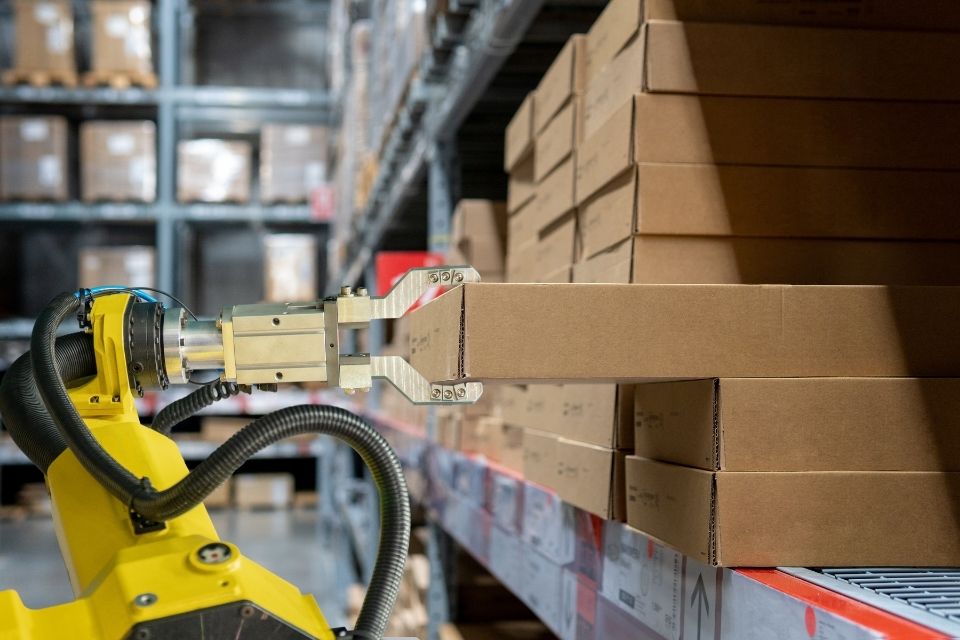As a business owner managing a warehouse, you encounter various problems every day that threaten overall productivity and the safety of your employees. Today, we live in a modernized world where advancing technology assists us in everyday work. Here are some facts highlighting how automation can fix common warehouse problems and the steps you can take to implement them.
Physical vs. Digital Process Automation
Before implementing automation into your workspace, it’s crucial to know the two diverse processes of robotics. Both variations assist you in daily warehouse tasks; however, they serve different functions.
Digital Process Automation
In short, Digital Process Automation relates to technology that reduces manual labor. Its main benefit is that it eliminates human errors within some aspects of the warehouse. Integrating DPA into your business’s enterprise resource planning system (ERP), which automates business-associated processes, streamlines your workers’ experience. Examples of DPA include:
- Cloud databases
- Internet networks
- Machine learning algorithms
- Data analytics platforms
These examples of DPA are what “informs” your machinery on how to function.
Physical Process Automation
Physical Automation relates to the equipment and machinery on the warehouse floor. The primary example of PPA is robotics, which serves to expedite the labor of your employees. PPA is all about efficiency, reduction in human error, and increased capacity. With the use of things like linear servos and actuators which can help with automating certain equipment tasks, businesses are able to feel safe in the knowledge that their machinery is working to its highest level. Examples of PPA include:
- Sortation machinery
- GTP systems
- Robotics
- Smart shelving and pallets
Combining DPA and PPA is the technical process of warehouse automation. But how does the implementation of these processes solve common warehouse problems?
Reduction of Labor and Human Error
Human labor is still essential in the modern warehouse, and your employees’ efforts are invaluable. Automation exists to make their lives easier and their work more productive. For example, conveyor belts move products throughout the workspace more quickly and are less taxing on employees; bodies. Note that the benefits of this form of automation face issues with common conveyor belt problems. However, these disruptions are generally easy to fix.
Decreasing the stressors of overbearing physical labor ensures your workforce is happier and more productive. Just as important, you’re providing a safer work environment for your employees.
Cost Saving
Automation doesn’t just benefit your employees; your wallet loves robotic labor too! Robotics can reduce costs through savings on production, accidentals, and customer satisfaction. Automation maximizes how much product you can produce, package, and ship out. It decreases the amount of money you spend on workplace injuries or downtime resulting from accidents. Finally, it helps you meet your customers’ commercial needs more effectively and timely.
Furthermore, automation optimizes your warehouse space, so you can accommodate more inventory, machinery, and employees. While the upfront costs for robotics are steep, the saving down the road will dwarf initial investments tenfold.
Hopefully, with this information, you have a better understanding of how automation can help fix common warehouse problems. Many warehouse-related issues stem from human error, unforeseen accidents, stoppages, and customer demands. Luckily robotics saves the day and makes your job as a business owner or employee far easier.

